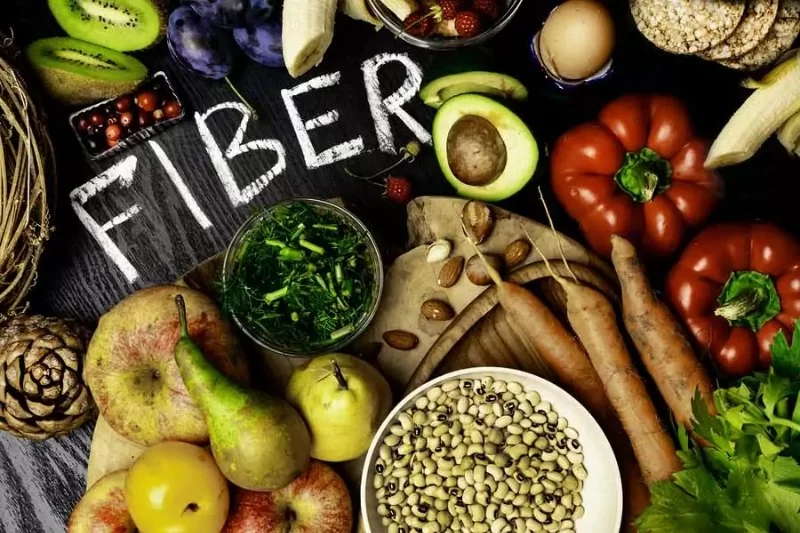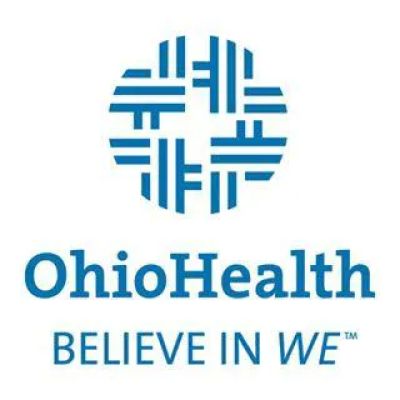- 1 - understanding-fiber-cholesterol - Understanding the Connection Between Fiber and Cholesterol Levels
- 2 - soluble-vs-insoluble - How Soluble and Insoluble Fiber Work Differently in the Body li>3 - scientific-evidence - Scientific Evidence Supporting Fiber’s Role in Lowering LDL Cholesterol
- 4 - real-case-story - A Real Case Story: How Increasing Fiber Changed One Patient’s Heart Health
- 5 - best-fiber-sources - The Best Fiber Sources Americans Can Easily Add to Their Diet
- 6 - daily-intake - How Much Fiber You Need Daily for Effective Cholesterol Management
- 7 - common-mistakes - Common Mistakes When Adding Fiber and How to Avoid Them
- 8 - choosing-products - How to Choose Quality Fiber Products for Better Heart Results
- 9 - expert-tips - Expert Tips to Make a High-Fiber Lifestyle Sustainable
1. Understanding the Connection Between Fiber and Cholesterol Levels
Many Americans are aware that high cholesterol can increase the risk of heart disease, but fewer understand the role of fiber in lowering cholesterol levels. Dietary fiber—particularly soluble fiber—acts like a natural filtration system in the digestive tract. Instead of letting cholesterol pass freely into the bloodstream, fiber binds with it and helps carry it out of the body.
This process works especially well for lowering LDL cholesterol, the “bad” type associated with plaque buildup in arteries. As U.S. health guidelines continue to encourage natural intervention before medication, fiber has become a critical part of preventive heart care.
2. How Soluble and Insoluble Fiber Work Differently in the Body
There are two main types of fiber: soluble and insoluble. While both are beneficial, soluble fiber is the powerhouse when it comes to cholesterol regulation.
Soluble fiber dissolves in water and forms a gel-like substance that slows digestion. This gel traps bile acids, which contain cholesterol. Because the body must then use more cholesterol to recreate these bile acids, LDL cholesterol levels gradually decrease.
Insoluble fiber, on the other hand, does not dissolve. It helps move food through the digestive tract and supports gut health. Though it doesn’t directly lower cholesterol, it contributes to overall metabolic balance, making it valuable in combination with soluble fiber.
3. Scientific Evidence Supporting Fiber’s Role in Lowering LDL Cholesterol
Research from organizations like the American Heart Association consistently shows that diets higher in soluble fiber significantly reduce LDL cholesterol levels. One commonly cited study found that individuals who added just 5–10 grams of soluble fiber per day saw meaningful decreases in LDL within weeks.
Foods like oats, apples, psyllium husk, beans, lentils, and barley are especially effective sources of soluble fiber. Many cardiologists now use fiber as a first-line approach for patients with mild to moderate cholesterol elevations before recommending medication therapy.
4. A Real Case Story: How Increasing Fiber Changed One Patient’s Heart Health
A 52-year-old teacher from Ohio shared her experience about trying to lower her cholesterol naturally after her doctor warned her about rising LDL levels. She wasn’t enthusiastic about starting medication immediately and instead focused on dietary improvements.
She replaced her usual breakfast with oatmeal topped with berries and added a daily serving of beans to her dinners. She also used a natural soluble fiber supplement recommended by her dietitian.
Within three months, her LDL levels dropped by 18%, surprising even her physician. She described feeling “lighter and more energized” and said the routine quickly became part of her lifestyle. Stories like hers are now common among individuals who prioritize fiber-rich diets as part of their heart-care journey.
5. The Best Fiber Sources Americans Can Easily Add to Their Diet
Adding fiber does not require drastic lifestyle changes. Many high-fiber foods are already staples in the American diet—they just need to be eaten more consistently. Oats and whole grains provide a strong base, while fruits like apples, oranges, and pears add both flavor and soluble fiber.
For people who prefer savory foods, beans, lentils, and chickpeas are exceptional. Psyllium husk is one of the most effective fiber supplements and can easily be added to smoothies. Many patients find that mixing sources helps maintain variety and long-term adherence.
6. How Much Fiber You Need Daily for Effective Cholesterol Management
Health experts recommend that adults aim for 25–38 grams of total fiber per day depending on age and gender. Of that, at least 5–10 grams should come from soluble fiber for measurable LDL reduction.
This can be broken down into practical portions: a bowl of oatmeal, one serving of beans, several servings of fruits or vegetables, or a spoonful of a soluble fiber supplement. Consistency is key—the benefits grow over time as fiber becomes a routine part of daily nutrition.
7. Common Mistakes When Adding Fiber and How to Avoid Them
Many people dramatically increase their fiber intake overnight, which can lead to bloating or discomfort. The better approach is to gradually add fiber while drinking plenty of water to support digestion.
Another common mistake is relying solely on snacks marketed as “high fiber.” Not all products deliver beneficial soluble fiber, so checking nutrition labels is essential. Natural, whole-food sources remain the most reliable.
8. How to Choose Quality Fiber Products for Better Heart Results
Americans often turn to supplements because they are simple and measurable. When choosing a fiber product, it’s best to select one with clinically proven ingredients, such as psyllium husk. It has one of the strongest research-backed effects on LDL reduction.
For personalized recommendations, platforms like HeartCare Hub provide curated guidance on fiber supplements, cholesterol-friendly groceries, and overall heart wellness products that match your lifestyle.
9. Expert Tips to Make a High-Fiber Lifestyle Sustainable
Doctors and nutritionists often emphasize building fiber intake into routines. Many Americans succeed by pairing fiber-rich foods with their existing habits—adding berries to their morning yogurt, swapping white bread for whole grain, or incorporating beans into soups and salads.
Long-term heart health relies on consistency, not perfection. By making small but meaningful changes, most people find that fiber becomes a natural part of their diet, supporting cholesterol control without feeling restrictive.





















